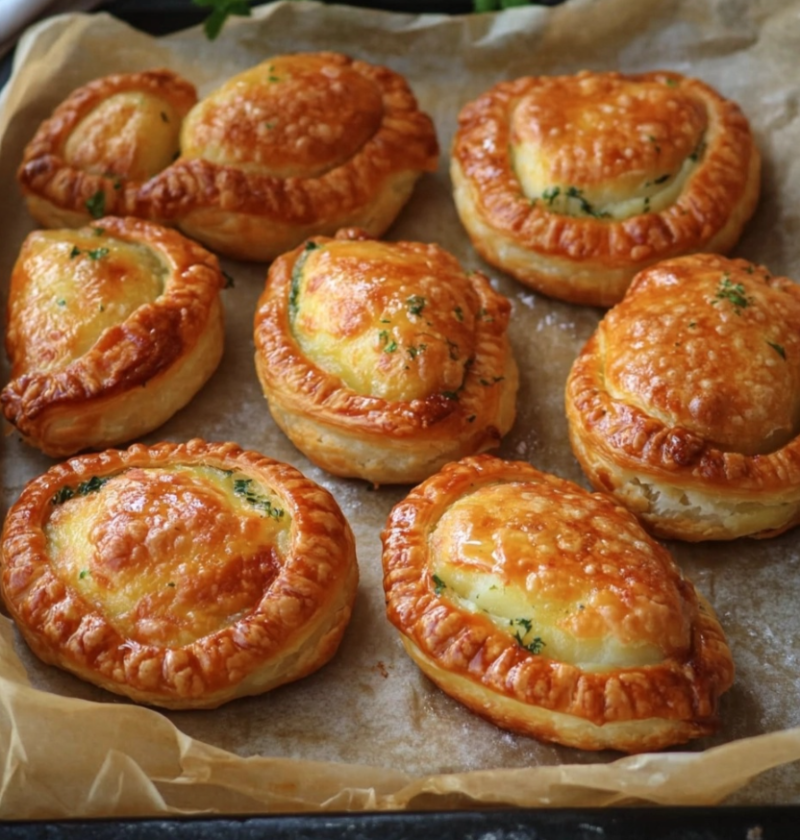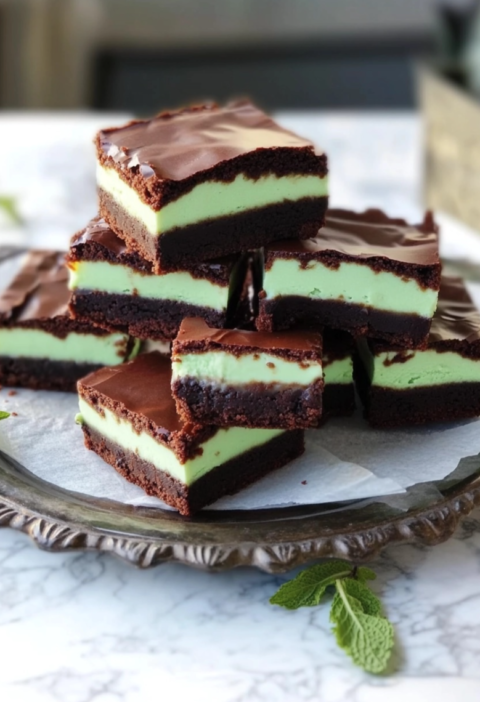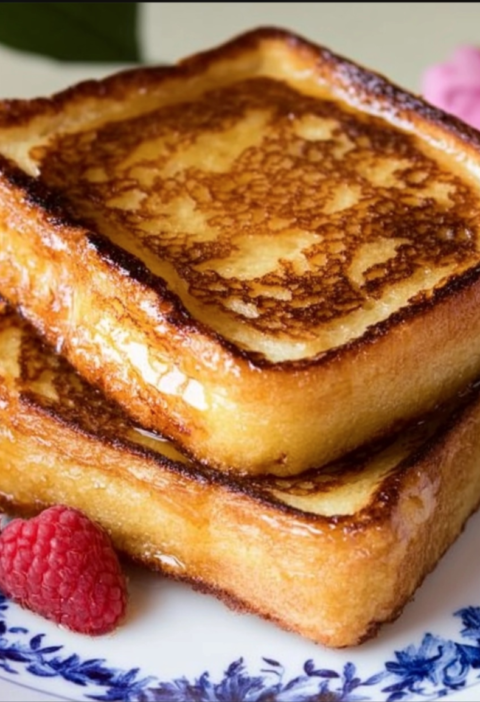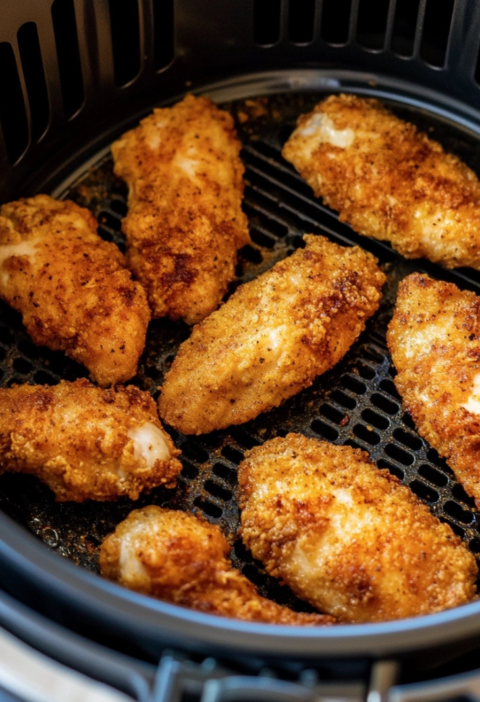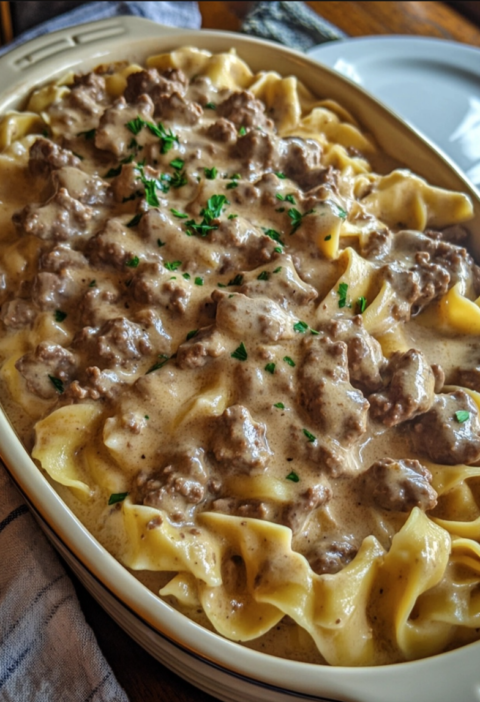Introduction
Potato-Filled Pastry, also known as Poğaça, is a delicious and versatile pastry that originated in Turkey. This savory treat is made with a soft and fluffy dough that is filled with a flavorful potato filling. Poğaça is commonly enjoyed as a breakfast or snack item and can be found in bakeries and cafes throughout Turkey.
In this article, we will explore the ingredients, steps, variations, tips, and frequently asked questions about making Potato-Filled Pastry. Whether you are a seasoned baker or a novice in the kitchen, this recipe is sure to impress your family and friends.

Ingredients
To make Potato-Filled Pastry, you will need the following ingredients:
– 2 cups all-purpose flour
– 1 teaspoon dry yeast
– 1 teaspoon sugar
– 1/2 teaspoon salt
– 1/2 cup warm milk
– 1/4 cup vegetable oil
– 1 medium-sized potato, boiled and mashed
– 1/2 onion, finely chopped
– 2 tablespoons fresh parsley, chopped
– Salt and pepper to taste
Steps
1. In a small bowl, dissolve the dry yeast and sugar in warm milk. Let it sit for 5 minutes until it becomes frothy.
2. In a large mixing bowl, combine the all-purpose flour and salt. Make a well in the center and pour in the yeast mixture and vegetable oil.
3. Mix the ingredients together until a soft dough forms. Knead the dough for about 5 minutes until it is smooth and elastic.
4. Cover the dough with a clean kitchen towel and let it rest in a warm place for 1 hour or until it doubles in size.
5. Meanwhile, prepare the potato filling. In a separate bowl, mix the mashed potato, chopped onion, fresh parsley, salt, and pepper until well combined.
6. Once the dough has risen, punch it down to release the air. Divide the dough into small portions and shape them into balls.
7. Flatten each dough ball with your palm and place a spoonful of the potato filling in the center. Fold the edges of the dough over the filling and seal it tightly.
8. Preheat the oven to 350°F (180°C). Place the filled pastries on a baking sheet lined with parchment paper.
9. Bake the Potato-Filled Pastries for 20-25 minutes or until they turn golden brown.
10. Remove the pastries from the oven and let them cool for a few minutes before serving. Enjoy them warm or at room temperature.
Variations
Potato-Filled Pastry can be customized to suit your taste preferences. Here are a few variations you can try:
– Cheese and Potato Filling: Add grated cheese to the potato filling for a cheesy twist.
– Spinach and Feta Filling: Sauté spinach and mix it with crumbled feta cheese to create a flavorful filling.
– Olive and Tomato Filling: Chop olives and tomatoes, and mix them with the potato filling for a Mediterranean-inspired flavor.
Tips
Here are some helpful tips to ensure your Potato-Filled Pastry turns out perfect:
– Make sure the yeast is fresh and active to ensure proper dough rising.
– Let the dough rise in a warm place to facilitate the yeast activation.
– Seal the pastries tightly to prevent the filling from leaking out during baking.
– Experiment with different fillings and spices to create your own unique variations.
Conclusion
Potato-Filled Pastry is a delightful treat that can be enjoyed any time of the day. Whether you have it for breakfast, as a snack, or as part of a meal, the soft and fluffy dough combined with the flavorful potato filling is sure to satisfy your taste buds.
Now that you have learned how to make Potato-Filled Pastry, it’s time to gather your ingredients and start baking. Get creative with the fillings and share this delicious pastry with your loved ones. Bon appétit!
FAQs
Q: Can I freeze the Potato-Filled Pastries?
A: Yes, you can freeze the pastries after baking. Allow them to cool completely, then store them in an airtight container or freezer bag. When ready to enjoy, simply reheat them in the oven until warmed through.
Q: How long do the pastries stay fresh?
A: The pastries are best consumed within 2-3 days. Store them in an airtight container at room temperature to maintain their freshness.
Q: Can I use whole wheat flour instead of all-purpose flour?
A: Yes, you can substitute whole wheat flour for all-purpose flour. However, keep in mind that the texture and taste of the pastries may be slightly different.
